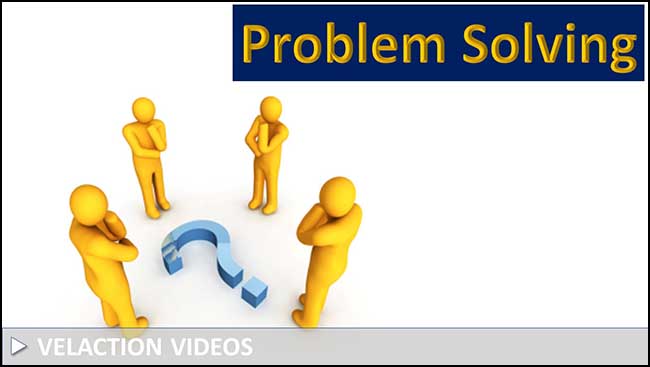The Hardest Step of Problem Solving
Contrary to what many people think, the hardest step in problem solving is not coming up with a solution, or even sustaining the gains that are made.
It is identifying the problem in the first place.
Now, there are several different types of problems.
- The glaring, painful one. It is the broken arm of business. It is the debilitating problem that can’t be ignored. A website or assembly line that has been shut down falls into this category.
- The small, nagging problems that you would recognize if you paid attention, but have grown accustomed to. A ‘trick shoulder’ is the human equivalent to wasting time searching for papers on a cluttered desk. In both cases, you don’t deal with the root of the problem—you just apply the immediate fix over and over and over.
- The problems that you simply don’t recognize. These are the high cholesterol of business. Small amounts of excess inventory or slow computer servers are problems in the workplace that you may not be able to easily identify.
- The problems that you don’t agree on. You may feel your weight is appropriate for your height; your doctor may think you need to lose ten pounds. Your boss may think a 10% improvement is needed to stay successful; you may think your team is already doing well.
The reason identifying problems is so hard is that people only notice (and act on) act on the first one without an external push.
The third one requires education. You can train yourself to recognize problems more readily by reading up on Lean. (I recommend my book, of course.)
>>Train your team to identify waste.>>
The last type of problem is a complex one to solve. Building a continuous improvement culture is a good way to bridge the gap in the workplace.
But for number 2, you have personal control. Try this exercise. Get a copy of our Waste Recording Form, and log every time you do something wasteful in your job over the course of a day. You can use hash marks if to indicate repeated occurrences of the same thing.
My guess is that you’ll be surprised at how much time you waste in the course of your day, and recognizing the extent of the problem often elevates its priority.




0 Comments